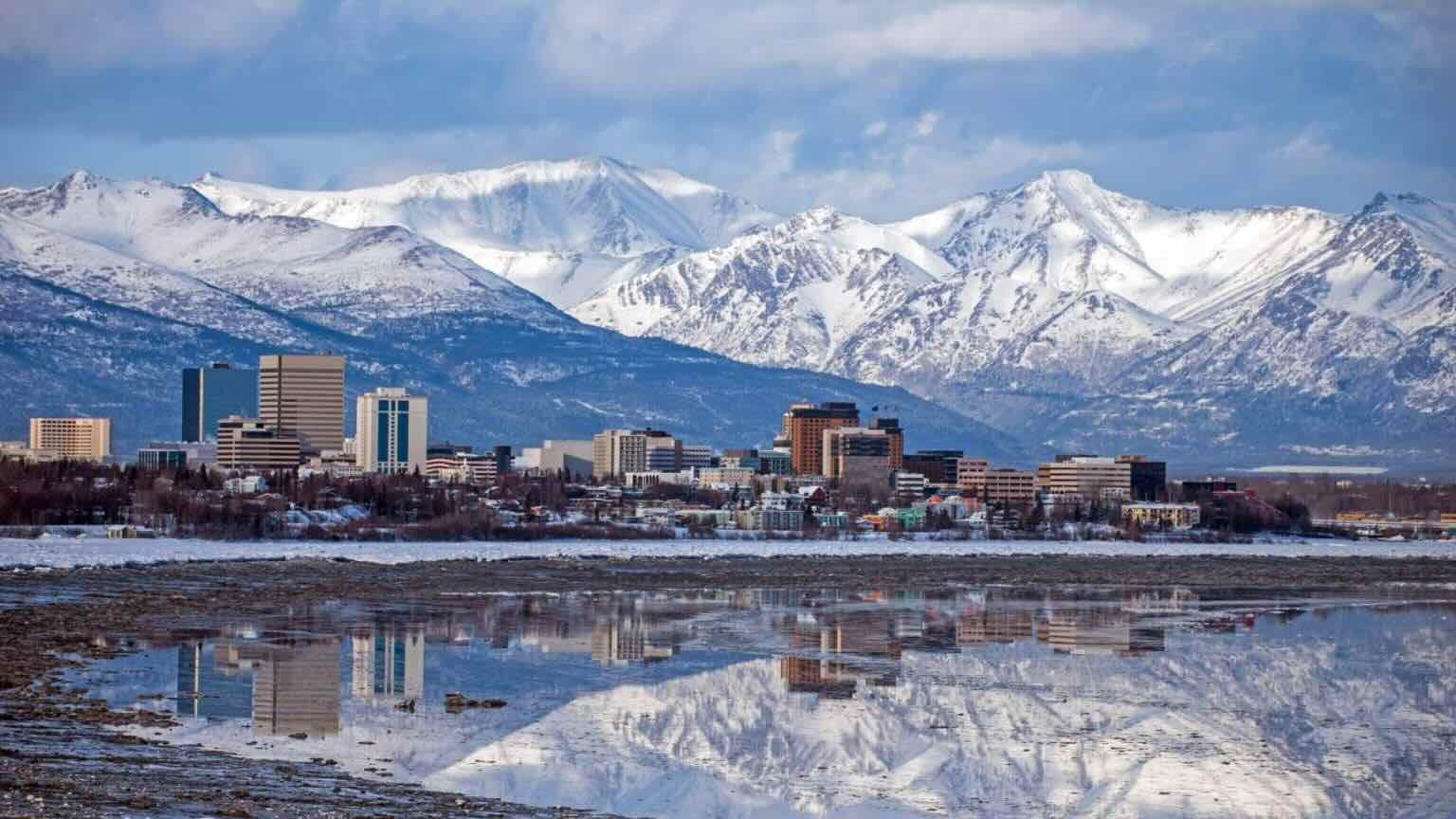Move Over Solar and Wind—There’s a New Renewable Power Source Flowing Under the Ice
For years, the United States has been chasing the dream of energy independence. From offshore drilling to wind farms and desert solar arrays, every strategy has aimed to reduce reliance on fossil fuels and foreign oil. But what if the future of clean, constant energy isn’t in the sky—or under the earth—but under frozen rivers in Alaska?
Yes, you read that right. Beneath the ice-covered surface of rivers like the Yukon, water flows year-round. And with it, an invisible, powerful current of renewable hydrokinetic energy—an untapped resource that could reshape how remote communities, and possibly the nation, power their lives.
What Is Hydrokinetic Energy—and Why Should You Care?
Unlike dams that flood valleys or wind farms that depend on gusty weather, hydrokinetic energy captures the natural flow of water without disrupting the environment. Special turbines are placed underwater, spinning silently as rivers flow past them—even when those rivers are sealed under ice for months at a time.
The star of this story? A new technology called the Reactive Reversible Blade Turbine (RRBT), which can generate electricity in slow-moving, ice-covered rivers. Developed with support from the University of Alaska Fairbanks (UAF) and backed by a $1.5 million U.S. Department of Energy grant, these turbines are being tested in Alaska’s Tanana River right now.
Why Frozen Rivers Are the Perfect Power Plants
Rivers like the Yukon continue to flow beneath thick layers of ice, even during brutal Alaskan winters. That means they offer something solar and wind can’t: constant, year-round power. In regions where the sun disappears for weeks and the wind dies down, this uninterrupted energy flow is a game-changer.
And it’s not just theoretical. According to UAF research, U.S. rivers could generate more than 1,100 terawatt-hours (TWh) of renewable electricity each year—roughly a third of America’s total electricity consumption. That’s:
Goodbye Pepsi: Costco makes a major decision that completely changes its strategy with sugary drinks
How detonating a nuclear bomb could protect planet Earth
-
Enough to power 100 million homes annually
-
Nearly double the output of all U.S. solar panels combined
-
A potential lifeline for off-grid and Indigenous communities still dependent on costly, imported diesel fuel
No Pollution. No Pipelines. No Grid Required.
Hydrokinetic power is especially suited for remote locations. Many Alaskan villages can’t access traditional energy infrastructure. Instead, they rely on diesel generators that are expensive to fuel and maintain. These new turbines offer a cleaner, quieter alternative that can be installed and managed locally—creating new jobs and slashing energy costs.
And unlike other solutions, this one doesn’t need a grid connection. That’s a big deal for communities that are miles from the nearest power line.
Who’s Behind the Innovation?
This isn’t a tech unicorn or billion-dollar startup. The work is being led by public institutions and research labs, including:
-
University of Alaska Fairbanks (UAF)
-
Alaska Center for Energy and Power (ACEP)
-
Creek Tides Energy and Power, a turbine design firm
-
Southwest Research Institute
-
Pacific Marine Energy Center, part of the Department of Energy
Other parts of the world are already harnessing hydrokinetic power. Scotland’s MeyGen tidal array is supplying homes with clean electricity. In Canada and parts of New York, underwater turbines are quietly producing energy without a sound.
But Alaska, with its sprawling river systems and challenging winters, may be the ultimate proving ground.
Buys a coal mine for $2 million and discovers metals worth up to $36 billion
If you remember these 10 moments from decades ago, your memory is sharper than most in their 70s
The Quiet Energy Revolution Has Already Begun
The energy future we’ve been waiting for may not come from deep mines or solar megaprojects. It might be flowing just beneath our feet—silent, steady, and under a sheet of ice.
And unlike solar panels or wind turbines, this power doesn’t shut down when the sky clouds over or the wind dies. It just keeps moving. Because rivers don’t stop.
Why This Matters—Right Now
As America confronts rising energy costs, climate change, and unreliable power grids, we need solutions that are not only clean—but constant. Hydrokinetic river energy checks both boxes. It’s renewable, reliable, and ready to scale.
So maybe it’s time we stop chasing what’s buried deep underground and start listening to the quiet current beneath the ice.
Alaska’s rivers might just carry the future of American energy.
